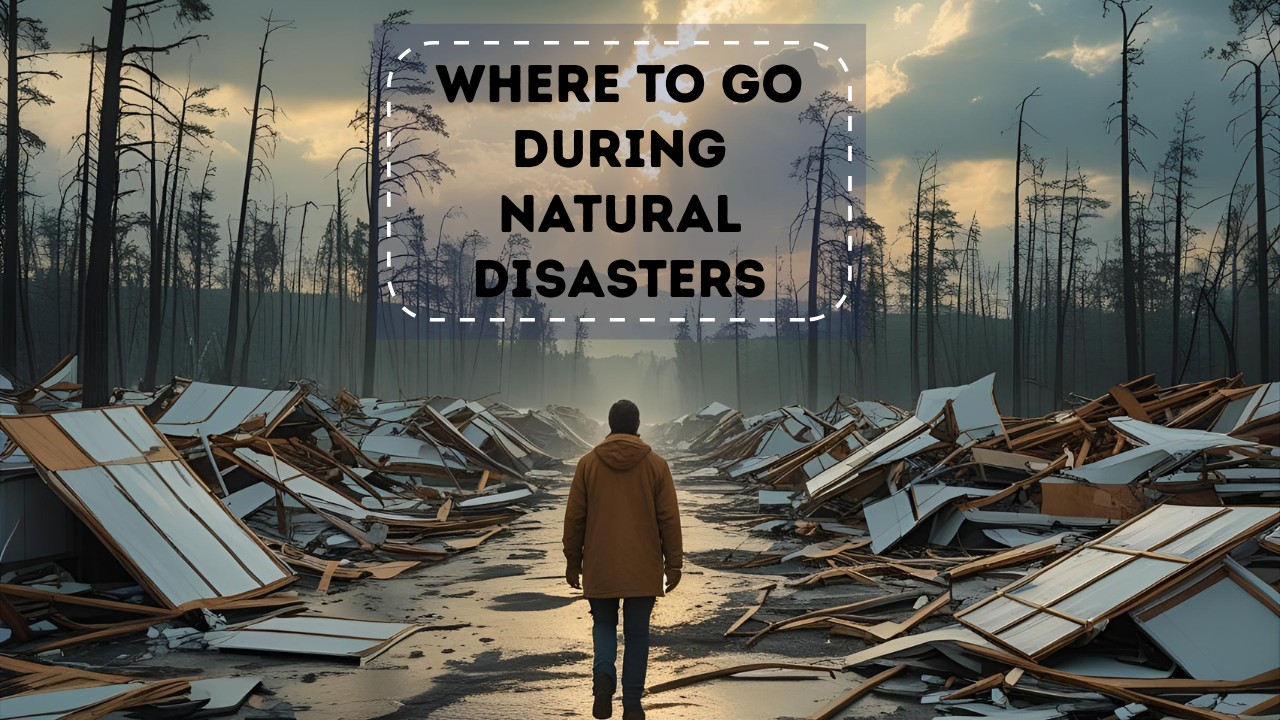When a natural disaster strikes — whether it’s a flood, wildfire, hurricane, earthquake, or storm — your first priority should always be safety. In moments of chaos, confusion, and panic, knowing where to go for protection and assistance can literally save lives.
Governments and humanitarian organizations around the world operate emergency shelters and disaster relief centers to assist displaced individuals and families. This guide walks you through how to find a safe shelter, what to expect when you arrive, and how to prepare before a disaster even hits.
🌀 Why Knowing Shelter Locations Is Crucial
Every year, millions are forced to evacuate their homes due to natural disasters. In such situations, public shelters and community help centers offer:
- A safe place to stay
- Clean drinking water and basic meals
- First aid and emergency medical care
- Help with family reunification
- Access to relief supplies or legal support
Being aware of these resources before a disaster occurs gives you and your family a head start when things get chaotic.
🏠 What Are Emergency Shelters?
Emergency shelters are temporary housing facilities set up to house people displaced by disasters. These can include:
- Public schools, stadiums, or community halls
- Religious centers such as churches or temples
- Tented camps or mobile shelter units
- Designated evacuation centers run by local governments
- Shelters operated by organizations like the Red Cross, UNHCR, or local NGOs
Some shelters are general-use, while others cater to vulnerable groups like seniors, women, children, or persons with disabilities.
📍 How to Find a Shelter or Relief Center
Here’s how to locate a shelter during or after a natural disaster:
1. Use Government Emergency Portals
Most governments have official websites or emergency management departments that publish lists of active shelters during disasters. For example:
- USA: fema.gov
- India: ndma.gov.in
- Philippines: ndrrmc.gov.ph
- South Africa: sassa.gov.za
2. Tune Into Local News or Radio
Authorities often announce nearby shelter locations via:
- TV bulletins
- Community radio stations
- Loudspeaker announcements in rural areas
- Social media updates from verified agencies
3. Use Disaster Alert Mobile Apps
Several apps help users find shelters based on GPS. Examples include:
- Red Cross Emergency App
- Disaster Alert App (Pacific Disaster Center)
- Google SOS Alerts during crises
- Local government apps
4. Ask Local Authorities or Community Leaders
If you’re in a rural or low-internet area, police stations, fire departments, or local council offices can guide you to the nearest shelter.
📦 What Services Do These Shelters Provide?
Most registered disaster shelters offer:
- Sleeping arrangements (mats or cots)
- Meals and clean water
- Toilets and hygiene kits
- Medical assistance
- Childcare and psychological support
- Charging stations or power banks (where possible)
- Information desks for registering missing persons
In more organized shelters, you may also find volunteers offering support with paperwork, translation, or applying for aid.
🧳 What to Bring to a Shelter
If you are evacuating and heading to a shelter, bring a basic go-bag that includes:
- Valid ID or government-issued documents
- Essential medicines and prescriptions
- Face masks, hand sanitizer, and basic toiletries
- Snacks, bottled water, and baby formula (if needed)
- Phone chargers or power banks
- Emergency cash
- A copy of your emergency contact list
Tip: Keep your go-bag ready year-round, especially if you live in a disaster-prone zone.
🤝 What to Expect When You Arrive
- You may be asked to register with your name, address, and household size
- Follow safety protocols — including COVID precautions in some areas
- Respect privacy and shared space rules
- Pets may not be allowed in all shelters, though pet-friendly facilities exist in some regions
- Shelters are usually short-term — designed to keep you safe until you’re allowed to return home or are moved to transitional housing
⚠️ Be Prepared in Advance
Here’s what you can do before disaster strikes:
- Map out at least two nearby shelters in your area
- Join community alert systems to get SMS updates during emergencies
- Inform your family where to meet or how to regroup
- Keep emergency numbers like fire, police, Red Cross, or relief hotlines saved on your phone
🙋 Frequently Asked Questions
Q: Are shelters free to access?
A: Yes, government and nonprofit-run shelters are usually completely free.
Q: What if I have special needs or health issues?
A: Mention them at registration; many shelters have basic medical support and prioritize vulnerable individuals.
Q: How long can I stay in a shelter?
A: It depends on the disaster, but most offer temporary stays of a few days to several weeks.
🧾 Final Thoughts
When nature becomes unpredictable, knowing where to go can make all the difference. Whether you live in a flood zone, wildfire region, or typhoon-prone area, being aware of nearby shelters and help centers could save your life — or the lives of those you love.
Bookmark your local emergency websites, prepare your go-bag, and always stay informed. You may not be able to control the disaster, but you can control how prepared you are.

